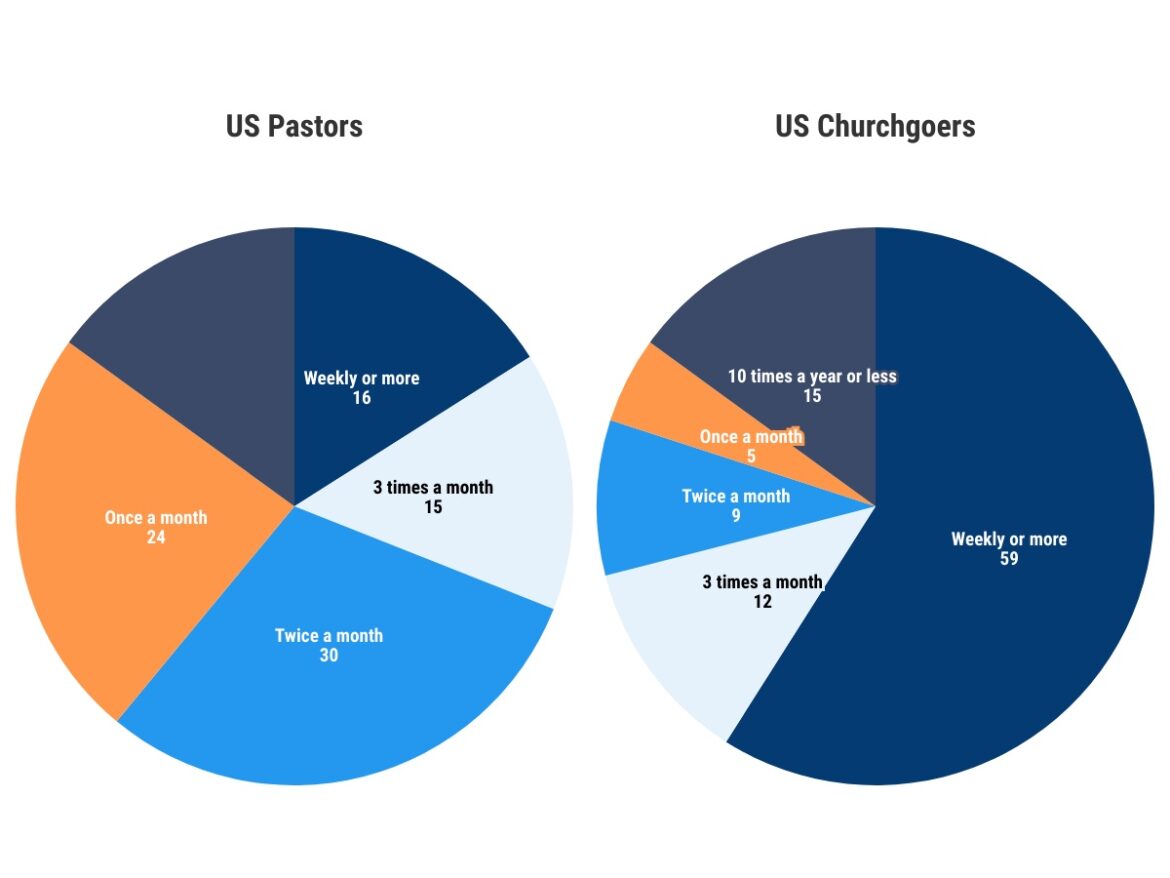The global population of Christians in 2025 presents a fascinating tableau of faith and societal dynamics. As the largest religion in the world, Christianity is home to over two billion adherents, accounting for approximately one-third of the global populace. This demographic significance alone prompts a closer examination of not only the numbers but also the underlying trends that shape the Christian experience across diverse cultures and regions.
Christianity’s growth trajectory is marked by regional variations. While Europe has historically been viewed as the bastion of Christianity, recent statistics delineate a sobering narrative: the continent is witnessing a steady decline in church attendance and a corresponding rise in secularism. This fracturing of traditional faith positions raises pivotal inquiries into the future of Christianity in its ancestral heartland. In contrast, Africa and Asia emerge as vibrant epicenters of Christian proliferation. Projections indicate that by 2025, Africa alone will be home to nearly 600 million Christians, a testament to the religion’s dynamic adaptation across cultural landscapes.
A close examination of these trends elucidates a common observation: the stark divergence between the West and the Global South. In the West, disillusionment with organized religion has burgeoned, leading many to identify as “nondenominational” or “spiritual but not religious.” This shift signifies not merely a departure from traditional institutions, but a profound quest for meaning that transcends conventional dogma. The counterbalance is found in Africa, where Christianity is often intertwined with local customs, resulting in a vibrant, culturally resonant expression of faith. Such an infusion of local traditions into Christian practices yields a radically different experience, reflective of the communities in which these believers reside.
The fervent growth of the Christian populace in regions like Africa can also be attributed to a multidimensional interplay of socio-economic factors. As communities grapple with challenges such as poverty and political instability, the church often positions itself as a bastion of hope and resilience. Not only does it provide spiritual sustenance, but it also fosters social cohesion and delivers essential services. In increasingly fragmented societies, the church’s role nobly expands from the purely spiritual to the socially transformative, engendering a holistic community approach.
Additionally, the manifestation of Christianity in these regions is characterized by its charismatic movements. The proliferation of Pentecostalism, with its emphasis on personal experience and the Holy Spirit’s active presence, resonates deeply with the masses. These movements thrive in environments where traditional institutions have faltered, offering believers direct engagement with the divine and fostering a sense of agency that is often lost in more established religious practices. The emotional power of such worship styles captivates adherents, driving a continual influx of new believers.
In examining the phenomenon of church attendance, one cannot ignore the digital revolution’s impact on faith communities. Over the past several years, technology has become an indispensable tool for evangelism and ministry. Online platforms allow churches to transcend geographic limitations, connecting congregants and fosters believers across the globe. This trend has erupted with infrared fervor during recent times when offline gatherings faced restrictions. Consequently, many congregations have adapted, streaming services and facilitating virtual fellowship, enhancing the inclusivity of faith experiences.
Moreover, this digital shift invites a critical reflection on the nature of community in an evolving landscape. While virtual churches thrive on convenience and accessibility, they reveal underlying tensions regarding authentic connection. In a world characterized by rapid communication but diminishing face-to-face interactions, believers may grapple with feelings of isolation despite their online engagement. The challenges presented by a digitized faith landscape compel a reconsideration of what it means to belong to a faith community in this increasingly fragmented world.
As one contemplates the future of Christianity globally, the promise of interfaith dialogue and collaboration emerges as a vital aspect of the conversation. Addressing pressing global challenges—such as climate change, social justice, and economic disparity—demands a united front. Many Christian communities, recognizing their responsibility to contribute to the greater good, have initiated programs that advocate for social change and address systemic inequalities. The impetus for such actions often springs from an intrinsic understanding that faith must intersect with reality; ethical imperatives are central to Christ’s teachings.
Yet, a paradox exists: as Christianity flourishes in some regions, it faces existential threats in others. Even as numbers swell, the church grapples with internal divisions stemming from theological and political disagreements. Issues such as gender equality, LGBTQ+ rights, and the interpretation of scripture provoke impassioned debates within congregations. The rise of fundamentalism and dogmatism in certain contexts has further sowed discord, creating a rift between progressive and conservative sects. These tensions underscore the struggle to navigate change while preserving core tenets of the faith.
Ultimately, the trajectory of Christianity by 2025 offers a compelling kaleidoscope of growth, adaptation, and challenge. The dynamics observed globally beckon a deeper exploration into the intrinsic motivations of believers and their responses to a world marked by rapid transformation. In dissecting the number of Christians and the trends shaping their faith, one finds not simply statistics but a narrative rich with hope, struggle, and resilience. Such a narrative invites both introspection and exploration, urging faith communities to reflect on their purpose in an ever-evolving world.



